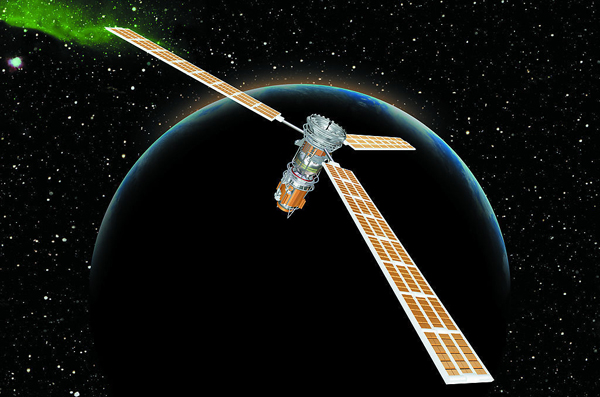This is Scientific American 60 Secomds, Space. I'm Clara Moskowitz, got a minute?
这里是科学美国人60秒,太空系列。我是克拉拉·莫斯科维兹。
Some of the world's smallest satellites are set to fly into orbit on April 14th, aboard a SpaceX Falcon 9 rocket. The satellites, called Sprites, are only about the size of saltine crackers. But they can still transmit basic measurements of the space environment back to the surface.
一批世界上最小的卫星即将于4月14日升空入轨,搭乘SpaceX的猎鹰9号火箭。这些卫星称为“精灵”,只有饼干大小。但它们仍然可以向地面发送空间环境的基本测量。

Each one contains a tiny single-chip computer with a magnetometer, a gyroscope, an antenna and a solar panel. They're made from the type of basic consumer electronics inside smart phones.
每个包含一个微小的单片计算机,磁力计,陀螺仪,天线和太阳能电池板。它们是由智能手机之类的基本消费电子产品制成。
One-hundred-four Sprites are ready to fly on this demonstration mission. "It has the potential to really open up access to space to an entirely new demographic." That's Zach Manchester, the Cornell University aerospace engineering graduate student who founded the project.
一百零四只“精灵”卫星已经为这个演示项目做好准备。“它真正向一大新群体打开了太空。”创立此项目的是康奈尔大学航空航天工程研究生扎克·曼彻斯特。
"In a few years it really could be the case that you could buy 'My First Satellite' kit for, like, a thousand bucks online. And put together your own satellite and then send it off and have it launched."
“不出几年,你也可以跟我一样,花千八百块钱网购卫星套件,组建出自己的卫星,发射升空。”
Manchester aimed to raise $30,000 on Kickstarter to build and launch his satellites. He ended up pulling in almost $75,000.
曼彻斯特计划在Kickstarter网站上募集30,000美元制作和发射卫星。他结束时集得近75,000美元。
"The idea that just about anybody could be able to launch a satellite and do whatever they want with it. And I think that's supercool."
“这个想法让几乎所有人都可以发射卫星,做任何他么你想做的事情。我认为这超爽!”
Thanks for the minute for Scientific American 60 Secomds, Tech. I'm Clara Moskowitz.
感谢收听。













